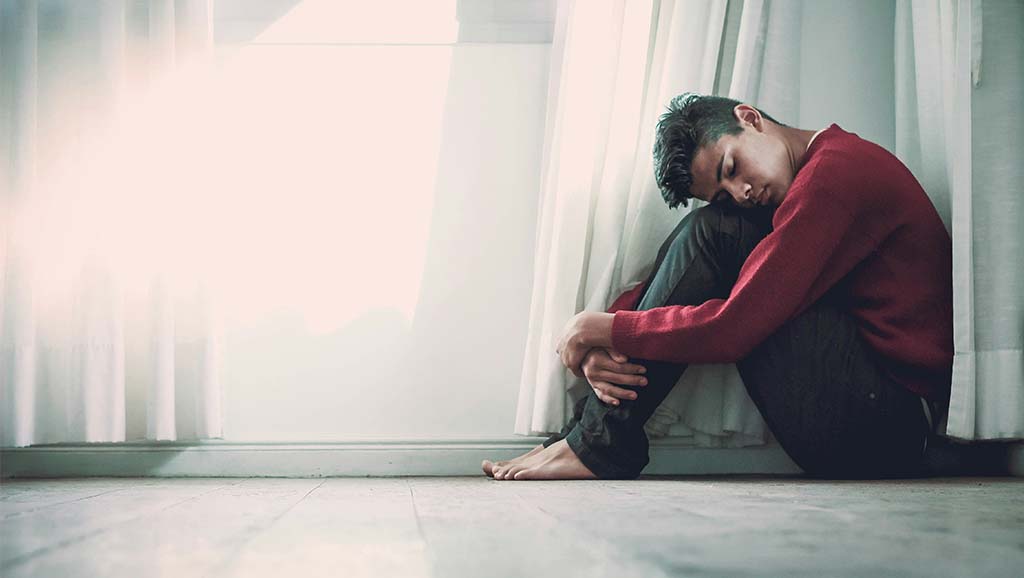The Hidden Struggle: How Chronic Pain and Depression Are Deeply Connected
Chronic pain isn’t just a physical burden—it can quietly erode mental well-being, often leading to long-term depression. For millions of people around the world, the daily experience of pain isn’t just about discomfort; it’s about feeling trapped, isolated, and emotionally drained. The link between chronic pain and depression is real, well-documented, and yet, still too often overlooked.
Understanding Chronic Pain
Chronic pain is defined as pain that lasts longer than three to six months, though many people have this for years, decades and for the rest of their life. It can be constant or intermittent, mild or debilitating. Common conditions include:
- Fibromyalgia
- Arthritis
- Back pain
- Migraines
- Neuropathy
- Autoimmune disorders
Unlike acute pain, which is the body’s normal response to injury and heals over time, chronic pain lingers—sometimes for years, with no clear cause, change or cure.
Depression: The Silent Companion
Studies show that people with chronic pain are at least two to three times more likely to suffer from depression than those without pain. The reasons are both biological and psychological.
1. The Toll of Constant Discomfort
Pain can interfere with every aspect of life—sleep, work, mobility, relationships, and self-care. Over time, this wears down emotional resilience. When you’re constantly hurting, even small tasks become overwhelming. It’s not just exhausting; it’s demoralising.
2. Isolation and Loneliness
Chronic pain often leads to social withdrawal. Friends may not understand, plans get cancelled, and support systems fade. This isolation fuels feelings of loneliness, inadequacy, and sadness, all of which are risk factors for depression.
3. Loss of Identity and Purpose
Many sufferers describe a deep sense of grief over the loss of who they used to be. They may no longer be able to pursue hobbies, careers, or parenting in the ways they once did. That loss can lead to a diminished sense of self-worth, which often spirals into depressive thinking.
4. Neurological Changes
Chronic pain and depression share some of the same brain pathways and chemical messengers, like serotonin and norepinephrine. Over time, ongoing pain can alter brain chemistry in a way that makes depression more likely—even inevitable for some.
Breaking the Cycle
Treating depression in the context of chronic pain is complex, but not impossible. What works best is an integrated approach:
- Medical Treatment: Sometimes, antidepressants or medications for nerve pain can help address both mood and discomfort.
- Cognitive Behavioural Therapy (CBT): CBT can be particularly effective in helping patients manage both pain and depressive symptoms.
- Physical Therapy and Movement: While activity may be painful, gentle movement, yoga, tai chi, or water therapy can improve mood and reduce pain perception.
- Support Groups: Connecting with others who understand your experience can offer emotional relief and practical coping strategies. Thrive Cheshire is one such group.
- Mindfulness and Relaxation Techniques: Practices like meditation, deep breathing, and progressive muscle relaxation can ease both emotional and physical tension.
You Are Not Alone
If you or someone you love suffers from chronic pain and is showing signs of depression—persistent sadness, loss of interest, changes in sleep or appetite, hopelessness—it’s vital to reach out for help. Pain is real. Depression is real. But so is hope.
No one should have to fight both pain and depression alone. Acknowledging the connection is the first step toward healing—not just physically, but emotionally, too.

